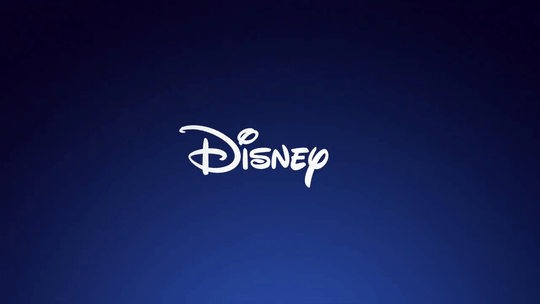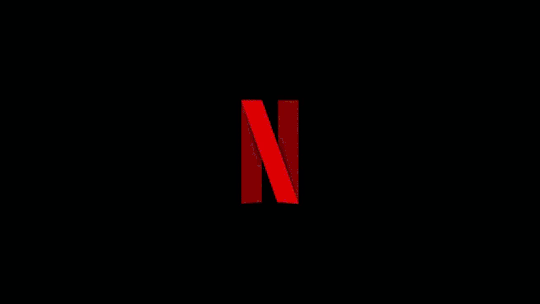Text
The evolution of horror.

Today I want to focus on a new direction in the genre of cinema - desktop horror. This is a genre in which the gadget's screen is used as a camera and a canvas for the main action. Desktop horror seeks to question the way we explore the world through a computer screen (Lee, 2021). A good example of this genre is the film Unfriended (Gabriadze, 2014). The action takes place on the main character's computer screen. The advantage of the genre is that the production of this format requires little investment. For example, the budget for Unfriended was only $ 1 million, while worldwide the film grossed about $ 65 million. The genre of desktop horror is designed for a young audience who intuitively reads the interface and understands all the terms used in the film. Unfriended is a rather subtle study of the paradox of virtual reality, in which any spatial and temporal distances disappear. Despite its simplicity, the genre is gaining immense popularity. It makes us look at everyday things like the internet from a different perspective. As filmmaker Wes Craven said, 'Horror films don't create fear. They release it’.
0 notes
Text
Digital restoration: the revival of old cinema or the humiliation of history?

In November 2018, film director Peter Jackson released an unusual documentary about World War I. The film They Shall Not Grow Old tells the life story of British soldiers. Jackson used real video and audio recordings made at the front during the First World War, which he borrowed from the Imperial War Museum in London. The director and a whole team of specialists had to do a lot of work: digitising the video, improving its quality, and colorising the black and white frames. The digital restoration of films has both supporters and opponents. For some, colorisation and remastering is an opportunity to give new life to the footage. As Peter Jackson said in an interview about They Shall Not Grow Old, ‘It gives these men back their humanity’. However, some critics believe this is an unacceptable humiliation of history. As critic Lawrence Napper wrote, ‘It goes way beyond what is considered the ethical treatment of archive’. But in the end, all of this allows the audience to choose in which format to watch the film. The restoration attracts an audience that doesn't watch old black and white films, although the authenticity may be lost after restoration.
0 notes
Text
Will streaming services be the death of cinema?

Cinemas are fading into the background, and streaming services are becoming more popular because they allow users to watch movies and TV shows wherever and whenever they want. More people choose to stay at home instead of going to the cinema. Every year, fewer films appear in the American box office, whose gross exceeds $ 20 million. Cinema attendance plummeted in 2014, reaching levels lower than in 1995. The sharpest decline occurred in the 14-24 age group.
However, a recent study by the consulting firm EY showed that Netflix doesn't ‘kill’ cinemas. Those who went to the cinema nine or more times in the past 12 months consume more streaming content than those who watched movies on the big screen once or twice a year. Consequently, those who often go to the cinema are more likely to spend time on Netflix: 50% of respondents who never went to the cinema in a year didn't watch anything at all on video streaming services. It turns out that streaming services don’t have a direct impact on the life of cinema and everything depends solely on the consumer's preferences. As actress Leslie Caron said, ‘Cinema will always have an important role to play in society’.
0 notes
Text
Is Netflix the driving force behind our choices?

Modern TV shows can boost the sales of anything. But it's not just things that sell - Netflix projects keep us excited about new hobbies, create role models, and draw the viewer's attention to important issues. Today I want to discuss the Netflix effect. This is a new term that combines several aspects, for example, a new series catapults an unknown actor to fame or provokes a sharp increase in the sales of certain products. An example of this effect is Bridgerton (Van Dusen, 2020), which became the most-watched series on Netflix in 2020. In the first 28 days from the release date, the drama was watched by more than 82 million accounts. The favourite of all the girls became the main character Simon Basset, played by Regé-Jean Page. Although he previously played in various films and shows, he gained worldwide success only after Bridgerton's release.
Since the action takes place in the era of the Regency, the dresses and costumes are indeed charming. No wonder, after the show's release, according to eBay statistics, corset sales increased by 39%, and Google searches for ball gowns increased by 26%. Netflix clearly knows a lot about marketing. As Tom Fishburne once said, ‘The best marketing doesn’t feel like marketing’.
0 notes
Text
Motion capture and Digital resurrection.

The first thought that comes to mind when we hear digital cinema is special effects. Today I want to focus on Motion capture. Motion capture is a method of recording the movement of objects or people, in which animation is created by digitising the movements of a real object. In simple terms, a special device copies the movement of an actor and creates a digital copy. We can see this technology used in different movies such as Avatar (Cameron, 2009) and The Hobbit (Jackson, 2012). Professionals can digitally resurrect actors from the past. For the film, Rogue One: A Star Wars Story (Edwards, 2016), a digital copy of Peter Cushing was created using Guy Henry’s face. Motion capture allows us to create something new and unreal, however we can only see the digital picture on the screen. The real emotions and facial expressions remain behind the digital mask. We lose contact with a real human, which prevents us from an opportunity to deeply empathise with the character. As writer Peter Farb once said, ‘Gestures and facial expressions do indeed communicate, as anyone can prove by turning off the sound on a television set and asking watchers to characterise the speakers from the picture alone’.
1 note
·
View note